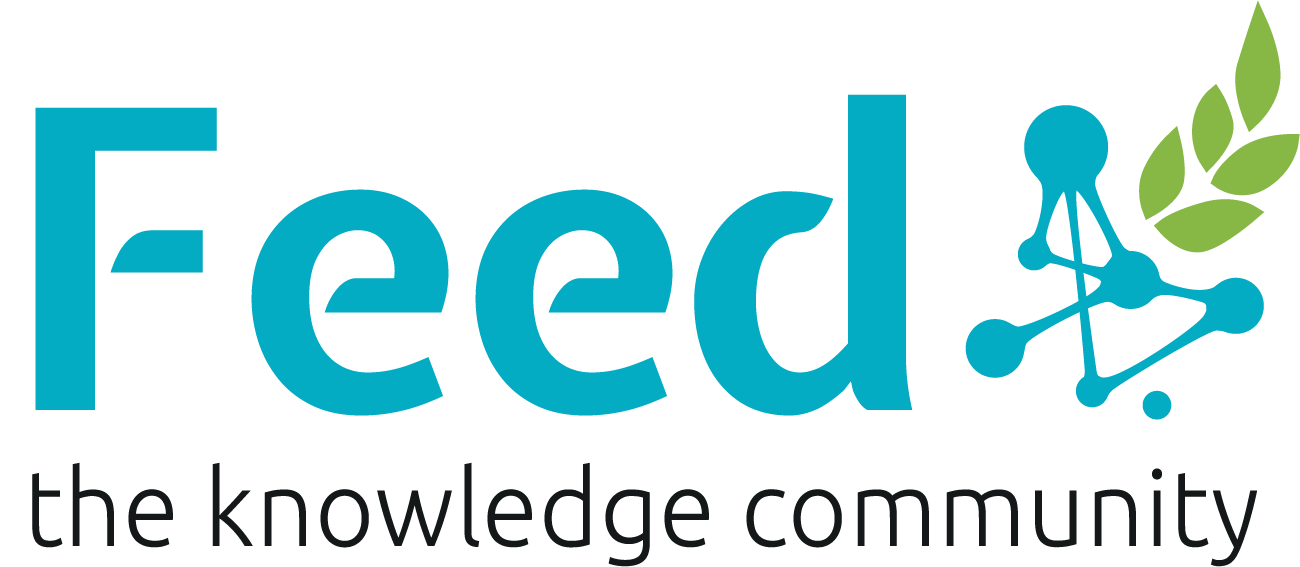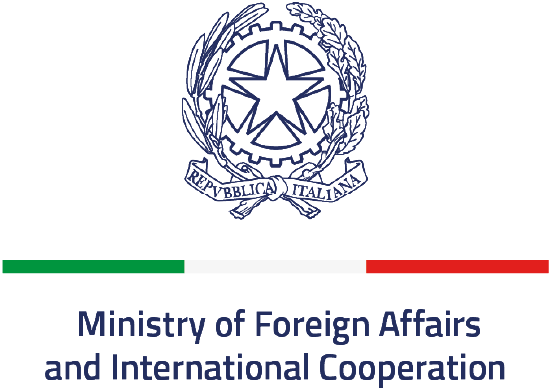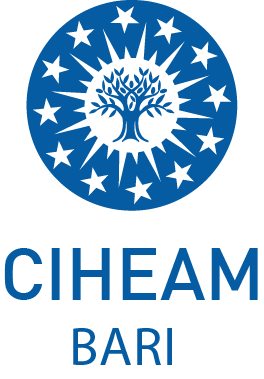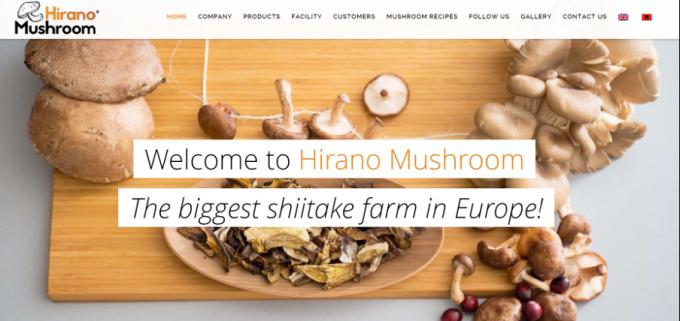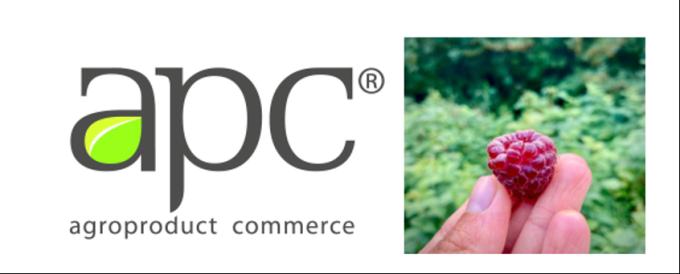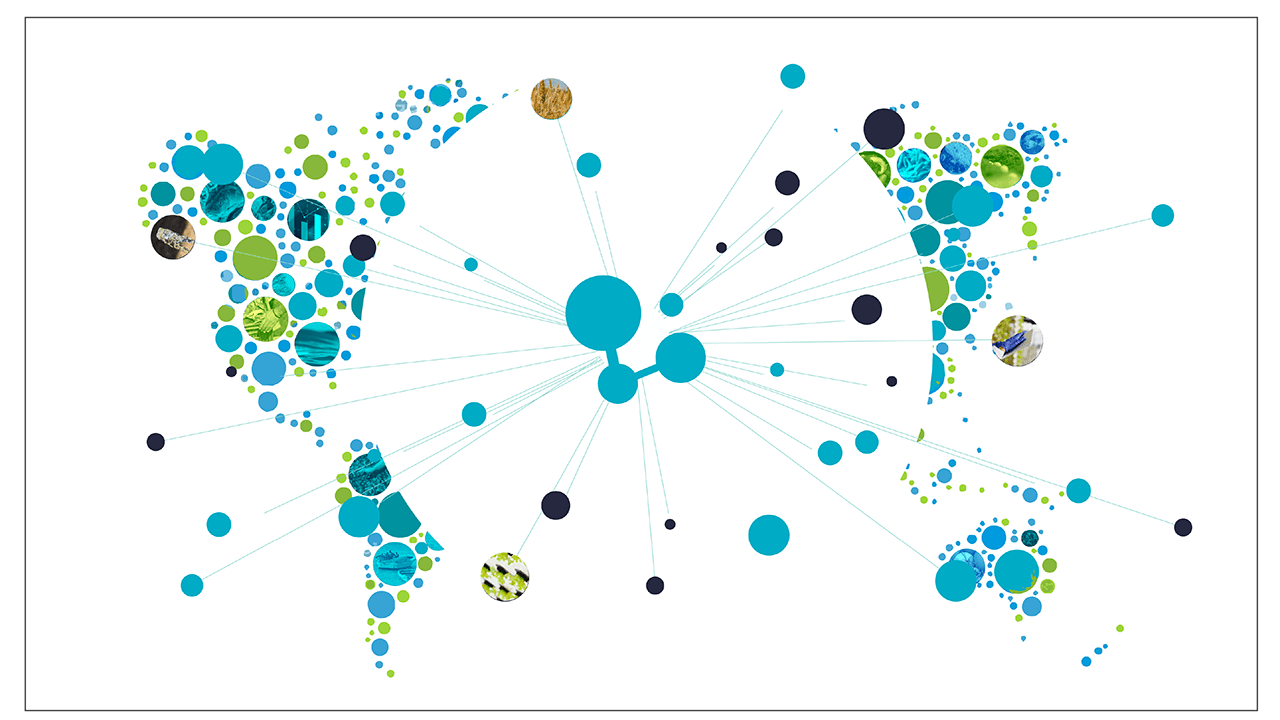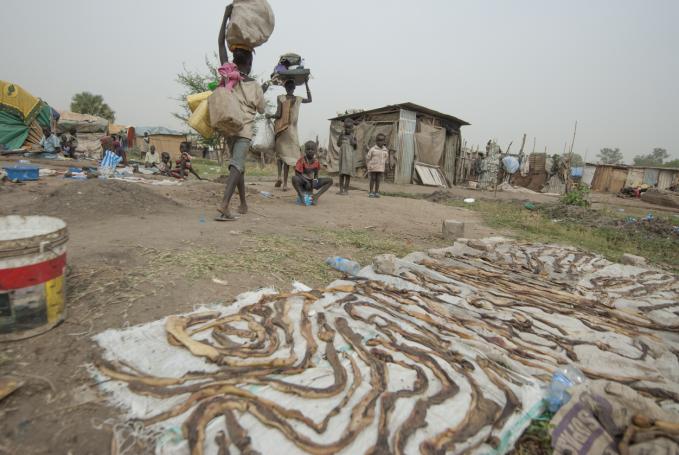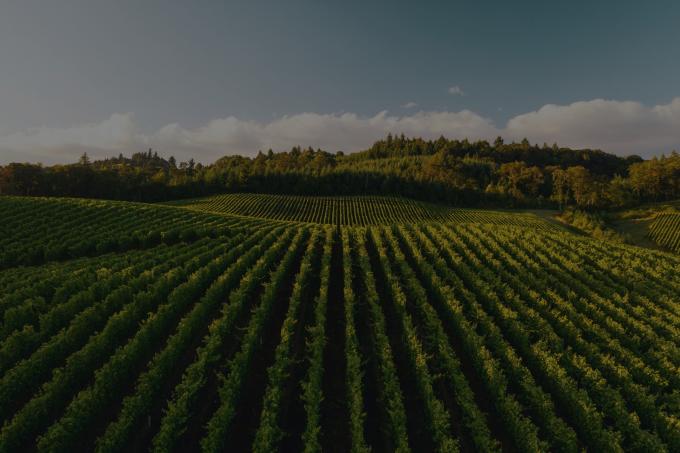STORIES
Sunflower Cultivation: A Growing Trend in Egypt
The ECIVC campaign, funded by the Desert Research Center and the Ministry of Agriculture, is reversing the dynamics of under-cultivation of oilseeds in an area that suits them.
Egypt
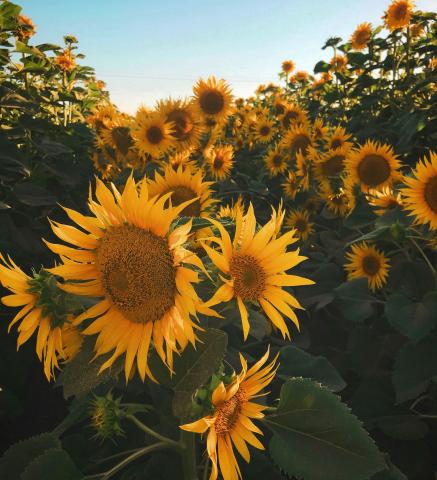
Simplicity, ease of implementation, economic advantages, and social factors are the main features of cultivating oilseed sunflowers. Yet, statistics show that in 2021, this crop was not amongst those grown in the West Minya region, Egypt. However, it is highly recommended for this area—with salinity levels between 2000 and 3000 ppm—during the summer season.
The Extensional Campaign for Improving the Economic Efficiency of Oil Crops Value Chains (ECIVC) in West Minya and surrounding areas started to tackle this issue and raise awareness of the advantages connected to these crops.
Funded and implemented by the Desert Research Center and the Ministry of Agriculture and Land Reclamation, ECIVC provided ten extension demo plots of oilseed sunflower to improve farmers' Knowledge, Attitudes, and Practices (KAPs) on them through training and farm field schools.
In fact, a pre-test survey revealed that the main reasons for the lack of cultivated area were the shortage of farmers' knowledge, unfair price negotiation, low prices, delayed payment, and delivery, negative attitudes towards oil-type sunflowers, and unfamiliarity with contract farming procedures due to legal terms.
"A pre-test survey revealed that the main reasons for the lack of cultivated area were the shortage of farmers' knowledge."
During the survey, it was noted that the oil variety is less profitable than the food variety, especially in adverse climatic conditions and drought. The income from oilseeds is 50% higher than that from food-type sunflowers despite the seeds costing 5% more. In addition, recycling cooking oil residues instead of disposing of them in landfills can actually provide an income source for youths and women while also helping to maintain the environment.
KAPs involved Institutional support, holding meetings with the three parties involved (farmers, contract farming center, and buying companies) to ensure a fair agreement, thanks also to a contract scheme allowing farmers with different cost structures to join together, reducing the marginal cost of extension services and ensuring coverage, helping to overcome intermediaries' exploitation and providing domestic sources of oilseeds to operate oilseed factories.
For the ECIVC Campaign, 531 farmers of summer field crops in West Minya (WM) and Middle Egypt (ME) zones, as well as food-type sunflower farmers in Bani Mazaar (BM) village, were selected. Out of these, only 90 farmers responded to the contract for oil-type crops: 15 investors in WM, 30 intermediate-scale farmers in ME, and 45 small-scale farmers in BM.
"The project provided ten extension demo plots of oilseed sunflower to improve farmers' Knowledge, Attitudes, and Practices (KAPs)."
On average, oilseed sunflower crop productivity ranges from 598.6 kg/Feddan in the WM zone to 1171.77 kg/Feddan in the ME zone, with an average productivity of 965.5 kg/Feddan. The productivity of the oilseed sunflower crop in the BM zone is similar to that of the ME zone, at 950.35 kg/Feddan. A Feddan is a unit of area farmers use in parts of North Africa and the Levant, especially in Egypt. A Feddan is divided into 24 kirat, with one kirat equalling 175 square meters.
Due to the success of the ECIVC in West Minya in 2021, the program was also implemented in the New Valley governorate in 2023, highlighting economic advantages, like the fact that contracting on oilseed ensures price stability for farmers' income and a diverse range of income sources from selling seeds, compost, and bee hives.
